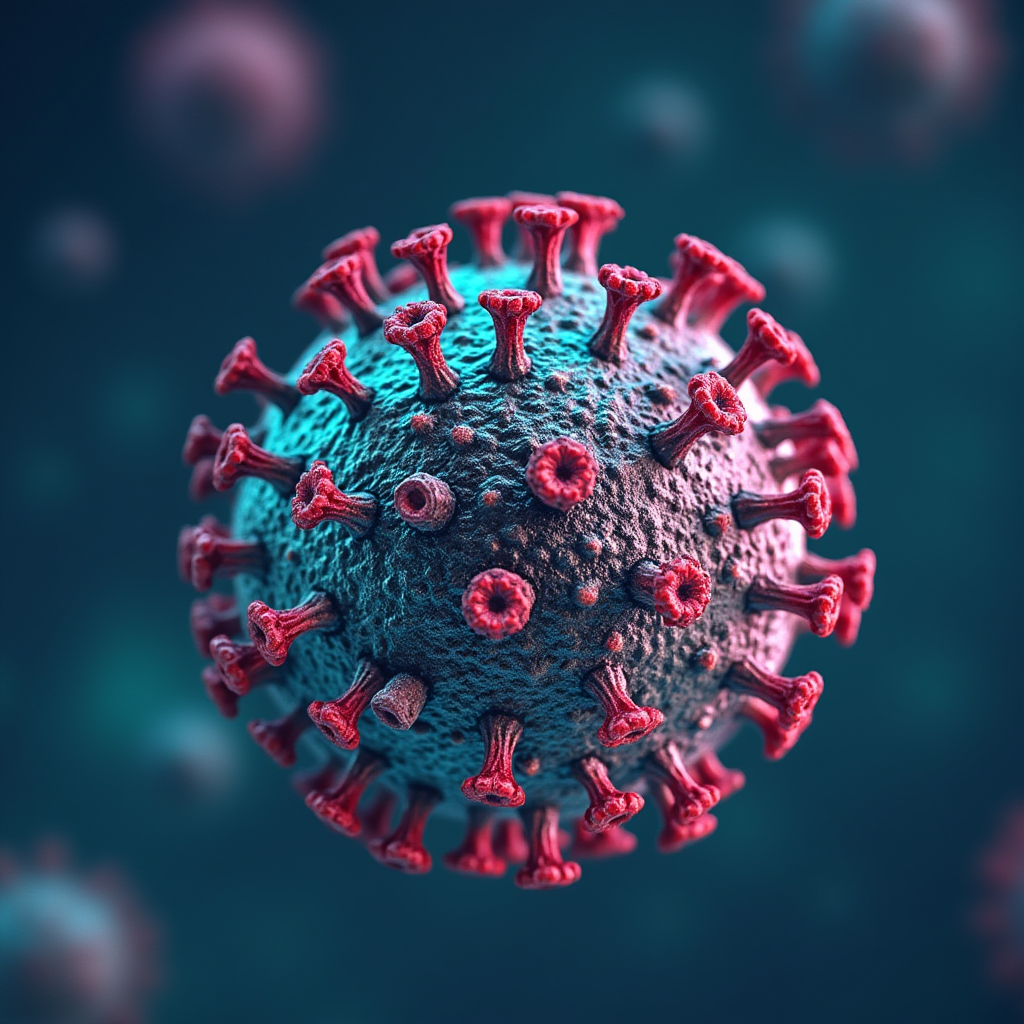Norovirus: A Global Health Threat
Introduction
Norovirus is a highly contagious viral illness that is the leading cause of acute gastroenteritis worldwide. It is notorious for causing sudden outbreaks, particularly during colder months. Symptoms of norovirus include severe diarrhea, vomiting, nausea, and stomach cramps. In addition to gastrointestinal distress, emerging research suggests that norovirus infection can lead to intestinal inflammation, malnutrition, and even long-term morbidity. It is estimated that norovirus leads to approximately 685 million cases annually, with 200 million of these cases occurring in children under the age of five.
The global burden of norovirus is significant, causing an estimated 200,000 deaths annually, including 50,000 child fatalities, with the most significant impact felt in low-income countries. The economic impact of norovirus is also considerable, with global costs estimated at $60 billion annually due to healthcare expenses and economic losses.

The Global Burden of Norovirus
Norovirus outbreaks are common worldwide, especially in environments where people are in close contact, such as hospitals, schools, and cruise ships. The virus spreads rapidly, with millions of cases recorded each year. Despite being widely associated with acute gastroenteritis, the virus’s role in long-term health complications, such as malnutrition and intestinal issues, is still being studied.
In 2015-2016 and 2019, the World Health Organization’s Product Development for Vaccines Advisory Committee (PDVAC) held meetings to address the development of vaccines for norovirus, underlining the urgent need for effective prevention methods.
Transmission and Spread
Norovirus is extremely contagious and can spread quickly through several means. It can be contracted via direct contact with an infected person, consuming contaminated food or liquids, or touching surfaces that harbor the virus. Infected individuals shed large amounts of the virus, making it easy to transmit, especially in crowded environments such as nursing homes, schools, and cruise ships.
One case reported by William Schaffner, a professor of infectious diseases at Vanderbilt University, illustrated how quickly the virus can spread: after an infected individual vomited in a public area, several people nearby were quickly infected. The virus can even be found on commonly touched items, such as playing cards, further demonstrating its ability to spread in public spaces.

Contaminated water, especially untreated sewage, can also contribute to the spread of norovirus. Additionally, shellfish like oysters and mussels, which filter water, are often linked to outbreaks of the virus. As such, food safety measures are crucial in preventing infections.
Prevention
The best defense against norovirus is hand hygiene. However, it is important to note that alcohol-based hand sanitizers are less effective against the virus. The Centers for Disease Control and Prevention (CDC) recommends washing hands with soap and water for at least 20 seconds, especially after using the restroom or preparing food.
In addition to personal hygiene, it is important to cook seafood thoroughly, wash fresh fruits and vegetables, and clean kitchen surfaces thoroughly. When caring for someone who is sick, avoiding close contact and disinfecting surfaces is essential.
Symptoms and Diagnosis
Norovirus infection typically presents with sudden onset of symptoms, including diarrhea, vomiting, nausea, stomach cramps, and sometimes a low-grade fever, headache, and muscle aches. Symptoms usually appear within 12 to 48 hours after exposure to the virus.
In most cases, the illness resolves within 1 to 3 days without the need for medical intervention. However, those at higher risk, such as young children, the elderly, and individuals with weakened immune systems, are more susceptible to dehydration due to excessive vomiting and diarrhea.
While there is no specific antiviral treatment for norovirus, doctors generally recommend staying home, staying hydrated, and avoiding food preparation for others until symptoms have subsided. For severe dehydration, intravenous fluids may be required.
The Future of Norovirus Vaccines
Despite being a well-known and widespread virus, there is no vaccine currently available to prevent norovirus infection. However, ongoing research is being conducted to develop effective vaccines. The efforts of WHO’s Vaccine Advisory Committee are integral to this research. With the virus’s significant global health impact, vaccine development is a priority to mitigate its effects and reduce the burden on healthcare systems.
Conclusion
Norovirus remains a major public health concern due to its high transmission rate and global prevalence. While most people recover from the illness within a few days, it can cause significant health complications for vulnerable populations, including dehydration, malnutrition, and even death. Increased awareness about the virus, its transmission routes, and preventive measures is essential for reducing its spread. As vaccine research progresses, there is hope for more effective prevention in the future.
References:
- Platts-Mills JA, Taniuchi M, Uddin MJ, Sobuz SU, Mahfuz M, Gaffar SA, Mondal D, Hossain MI, Islam MM, Ahmed AS, Petri WA. Association between enteropathogens and malnutrition in children aged 6–23 months in Bangladesh: a case-control study. The American Journal of Clinical Nutrition. 2017 May 1;105(5):1132-1138.
- CDC, Norovirus Worldwide, Vaccine Pipeline Updated April 30, 2022.
- WHO site.




